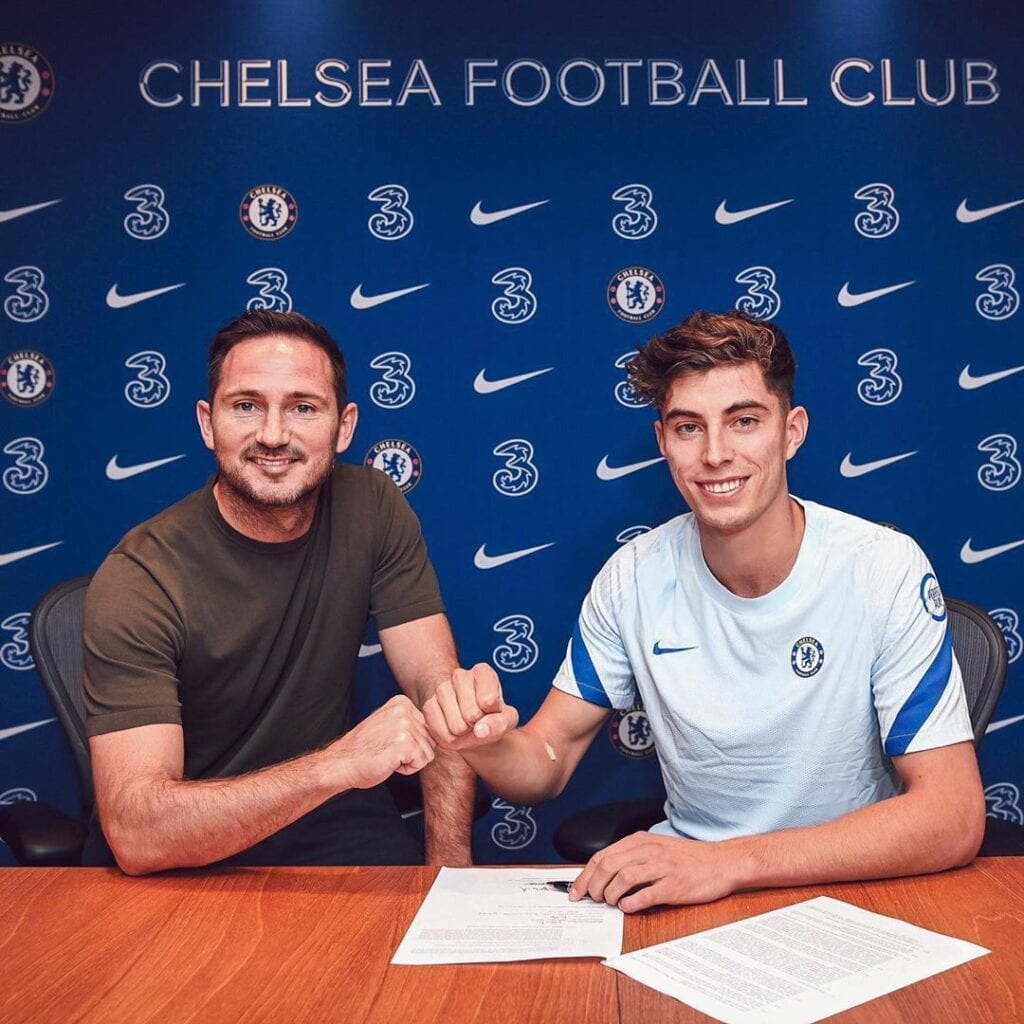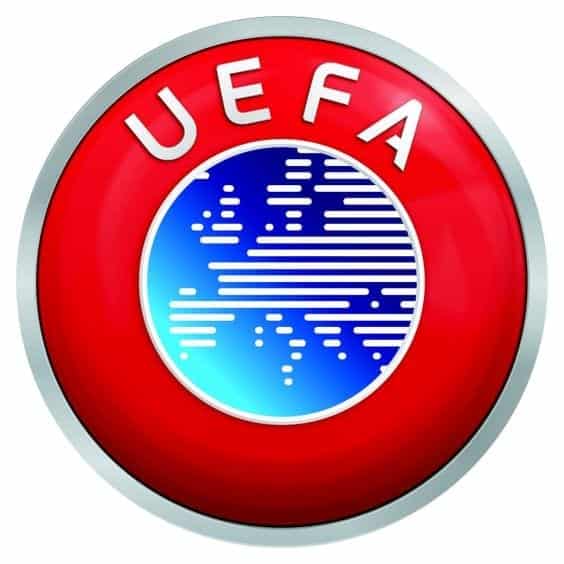It’s been another summer of high spending by Premier League clubs in summer 2020 funded by big money owners, old money and shrewd player sales. The overshadowing Financial Fair Play continues to loom over clubs, to ensure that they cannot run at an enormous loss over consecutive seasons, without appropriate revenues. So the question stands; how do football clubs get away with spending such massive fees on players, such as Chelsea’s recent £90m for Kai Havertz. So how do football clubs adhere to Financial Fair Play rules?

The way football clubs do accounting goes some way to ensuring the clubs can ‘keep their heads above water’ in the loosest of terms, but at least mean they can abide by the FFP rules. So how does it work, what steps are in place to get a big player on board, and how do they account for them appropriately
A Step by Step Guide on Chelsea’s £90m 2020 Transfer
- Manager and board agree on a potential superstar to sign. This will include an extortionate transfer fee, a lucrative sign-on bonus and don’t forget those eye watering transfer fees (£75M + add ons in the case for Havertz totalling around £90M.)
- The player joins the club and is accounted for as an ‘intangible asset’. This means they are viewed differently to assets such as training grounds, club vehicles and stadiums but do still hold a value. A usual intangible asset in a business is a patent or brand, however football clubs are not normal businesses and this is where the difference lies.
- On the balance sheets, all players sit under their list of intangible assets with perceived value against them all.
- Now for the clever bit, clubs use something called amortisation. The cost of a transfer is split over the length of the players contract, meaning that each year of that players contract the same amount of cost will be visible on the balance sheet.
- Kai Havertz cost Chelsea about £90m over 5 years, breaking their transfer record. £90m split across the 5-year contract means the actual yearly cost on the balance sheet will only come to £18m per year.
- After the length of the first contract has ran out, the costs decrease but a large intangible asset with a high perceived value will sit on Chelsea’s balance sheet.
- So a football club only accounts for the yearly portion of the total transfer fee; however when a player is sold, the club receives the full value of the transfer fee immediately.
- So when looking at two transfers in summer 2020, you start to see where this accounting method gives clubs the advantage. Havertz in year 1 will cost Chelsea £18m, but their sale of Alvaro Morata for £58m to Atletico Madrid means between these two transfers Chelsea would be net positive by £40m this summer.
- Chelsea obviously bought more than 1 player this summer, but as you can see in this example, amortisation enables clubs to limit the impact of massive transfer fees and adhere to FFP rules.
Of course there are numerous things for clubs to also think about both in terms of reducing costs and increasing revenues. But this article should help you understand how football clubs make record breaking transfer windows year after year, whilst abiding by Financial Fair Play rules.
Check out all our football tickets here!

